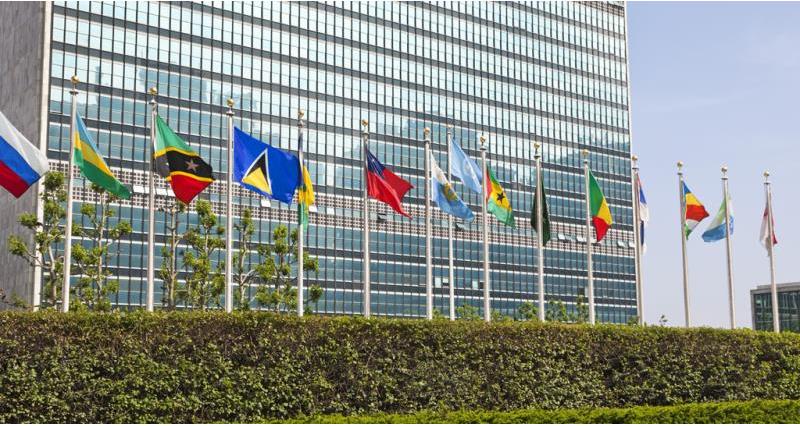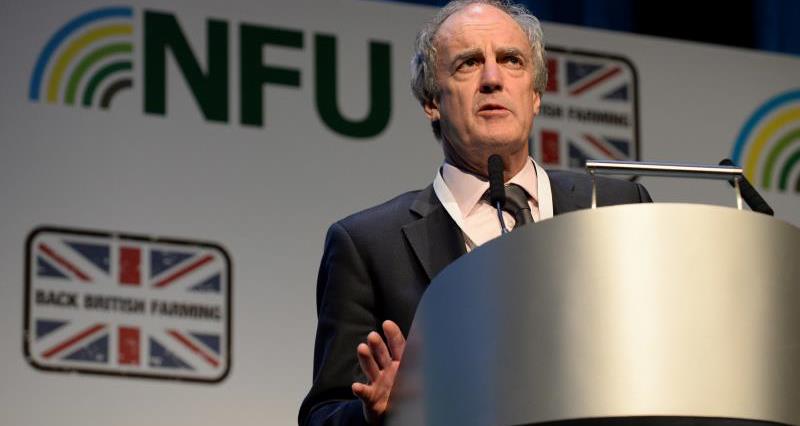Summary: The World Trade Organisation has had a strong influence on Europe’s agricultural policy, and will do on Britain’s future policy.
The influence of the World Trade Organisation (WTO) over agricultural policy, particularly in Europe, may not be generally recognised.
The predecessor to the WTO, the General Agreement on Tariffs and Trade, was established in 1947 to reduce barriers to world trade, including tariff barriers and other government measures which distorted trade.
The GATT was supposed to cover all sectors, including agriculture, but for a variety of reasons agriculture was neglected in a series of “Rounds” of negotiation. As a result, EU industrial tariffs today are on average only 6.4% whereas in agriculture they are 16.1%. Not only that, but governments have been allowed to interfere in agriculture markets in ways which would not have been allowed in other sectors.
The original CAP in 1962 was based on price support, produced by intervention buying, variable duties on imports and export subsidies. The UK policy before 1973 was based on deficiency payments (an annual variable payment to farmers to bring returns up to a pre-agreed level). Both of these support systems would now be regarded as trade distorting by the WTO.
It was only in the 1980s that a first step was made to bring agriculture into the trade negotiations. The “Uruguay Round”, finally concluded in 1995, reduced farm tariffs across the board, converted many non-tariff barriers into tariffs, and disciplined export subsidies and domestic support measures.
 As the Uruguay Round progressed it became clear that if an agreement was reached the price support mechanism at the heart of the CAP would become untenable. The Commissioner Ray MacSharry pushed through an ambitious reform that effectively ended most price support, at first in the arable and beef sectors, and replaced it with direct payments.
As the Uruguay Round progressed it became clear that if an agreement was reached the price support mechanism at the heart of the CAP would become untenable. The Commissioner Ray MacSharry pushed through an ambitious reform that effectively ended most price support, at first in the arable and beef sectors, and replaced it with direct payments.
The expectation at the end of the Uruguay Round was that it would soon be followed by further Rounds that would further reduce farm tariffs and further discipline domestic support. This was the strategy behind the Fischler Reform of 2003 which decoupled direct payments so they could be classified as non-trade distorting. The idea was that the EU would be immune from further cuts but its rivals, principally the USA, would be hit hard. In the event the Doha Round, which kicked off in 2001, has got nowhere, and currently shows no sign of concluding.
Nonetheless, what is clear is that a future UK agriculture policy will have to respect WTO rules. This will apply to the volume of support and to the type of measures.
The volume of support was regulated in the Uruguay Round by established an annual Aggregate Measure of Support (AMS) based on the use of trade distorting measures in the base period 1986-88. This then had to be reduced by 20% over a five-year period. The AMS still applies. In the case of the EU it is largely irrelevant because the 2003 Reform moved the bulk of support into the non-trade distorting (green box) category. (The EU AMS allowance is €72bn but it uses only €6bn).
What will be the UK’s AMS allowance post-Brexit? At present we do not know. If it is based on the UK’s share of the 1986-88 base period it would be substantial, equally if the EU’s AMS is split according to shares of agricultural production. But if it is based on a more recent period, or on current use (at the moment the only trade distorting (amber box) payments are the Scottish coupled beef payments) the sum would be small. Will a UK government want to increase its use of trade distorting measures or will it stick with its liberal principles? Every country is allowed a “de minimis” of trade distorting measures, up to 5% of the value of production in a sector, which would allow the coupled Scottish beef payments to continue in their current form.
If the UK wishes to, or is required to, rely on measures deemed non-trade distorting, WTO rules will be paramount. It is probably not generally appreciated that the design of current measures applied in the UK is generally determined by WTO rules:
- Decoupled support payments cannot be linked to any factor of production, including land. Which is why the BPS, often regarded as a land-based measure, is actually related to the number of entitlements a farmer has, not his land area.
- Decoupled payments cannot require the recipient to produce anything- which is one of the difficulties in trying to ensure payments go to the active producer.
- Environmental schemes are regarded as non-trade distorting, but only if the payments equate to the income foregone or the costs incurred in participation.
- Insurance schemes are green box, but only if the payments do not exceed 70% of the loss.
- Input subsidies (such as liming grants) are definitely not green box.
After Brexit, the UK will have to present its own schedule of trade and support measures to the WTO. These are likely to come under intense scrutiny from other WTO members, in particular by the Cairns Group of 20 agricultural exporting countries. Their view is that all support, however it is classified, is inherently distorting and they will be keen to challenge anything that is not in strict conformity with WTO rules.
